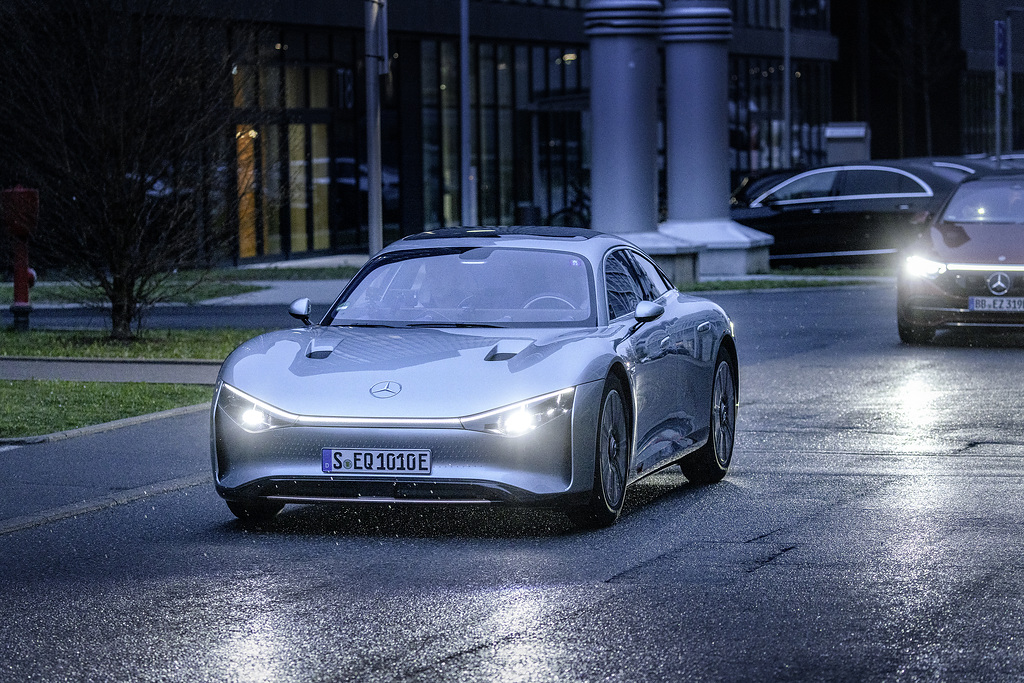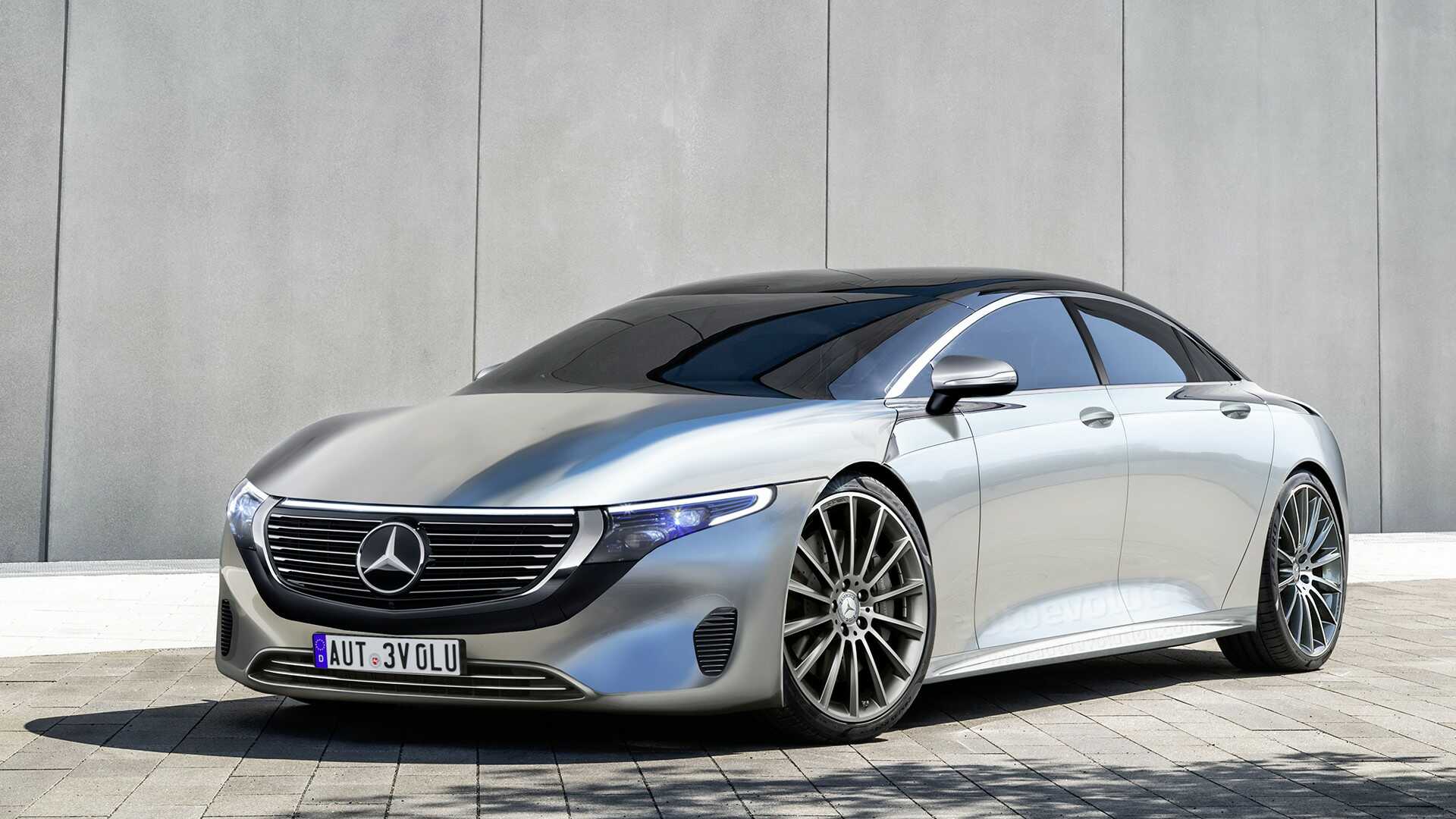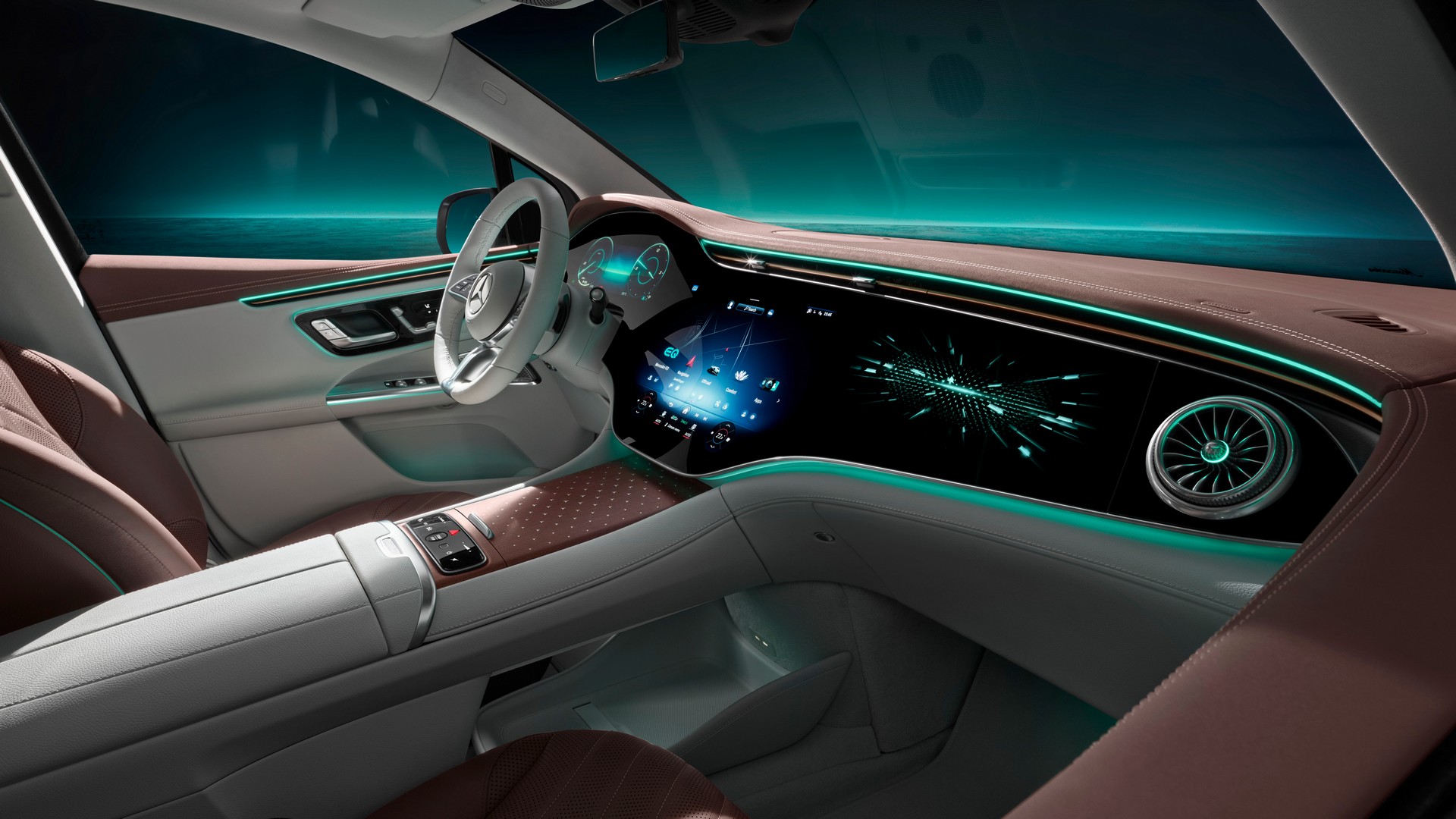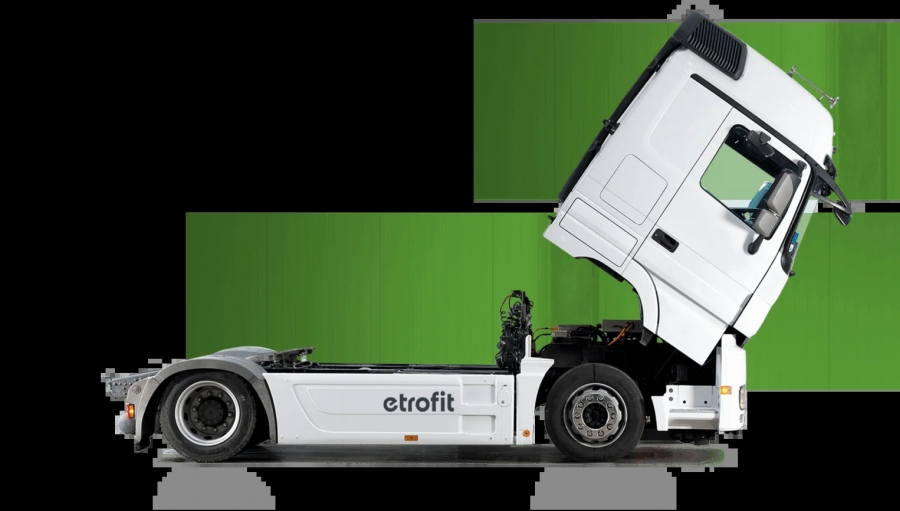Mercedes-Benz has succeeded in realizing the concept of an electric car that can cover a distance of 1,000 kilometers with just one charging. The concept vehicle, dubbed the EQXX, was realized in 18 months.
The result is a low-slung Vision EQXX, only 53 inches tall, and its sleek design delivering a wind resistance (CoD) coefficient of just 0.17. In the auto industry, anything less than 0.30 is considered excellent. A score between 0.18 and 0.20 is considered already outstanding for any Mercedes EQS production model.
One way to do this is to replace the bottom cooling plate for a regular radiator. Air flows along the underside of these plates rather than through the radiator cooling fins, which dramatically reduces drag.
The EQXX cooler has an air exhaust in the hood that can draw air from under the front of the car when needed in hot weather. Doing so only adds 0.007 to the drag coefficient of the car.
Mercedes wants anyone who sees the Vision EQXX to think of it as a real car and not an experiment. So the aerodynamics team limited the rear taper which reduces the car’s drag to two inches, avoided the rear fender skirt which reduces the aerodynamic drag generated from the rear wheel turbulently in the air, and installed plain glass.
Unlike extremely powerful and fast vehicles like the 1,000 horsepower Hummer EV, the EQXX’s single electric motor driving the rear wheels has 241 horsepower. However, the motor only serves to transfer the same modest weight (for an EV) of 3,858 lbs.
The EQXX uses an exotic carbon fiber construction and has so-called bionic castings that are shape-optimized. A big source of the car’s weight control comes from its battery pack, which is relatively flexible at 1,091 lbs.
For a 100 kilowatt-hour package, that’s a great achievement. Mercedes achieves this by using a 920 volt battery with silicon carbide power electronics. Mercedes is able to produce a battery that is half the physical size of the battery and saves 30 percent of space.
The car’s light weight and narrow tires contribute to a light steering effort. The EQXX door opened and closed with authority. The cabin is spacious and the details are good (although the seat foam is hard).
After this preparation, the team successfully completed its mission of riding the 1,008 km (630 mi) EQXX en route from Sindelfingen, Germany, across the Alps, to Cassis, France. But the team isn’t done yet.
Feeling their car still had more potential, Mercedes engineers made a staggering 1,202 km journey on a single charge. They drive the EQXX from the company’s headquarters in Stuttgart, Germany, to Silverstone, England.
The ride benefits from more moderate temperatures and flatter terrain, averaging a speed of 52 miles per hour and reaching a top speed of 87 miles per hour on the autobahn. “One of the best ways to increase efficiency is to reduce losses,” explains Eva Greiner, chief engineer of electric drive systems at Mercedes-Benz.
He explained that Mercedes works on every part of the system to reduce energy consumption and losses through system design, material selection, lubrication and heat management. “And our fantastic simulation tool helps you quickly figure out what’s working and what’s not,” he said.







